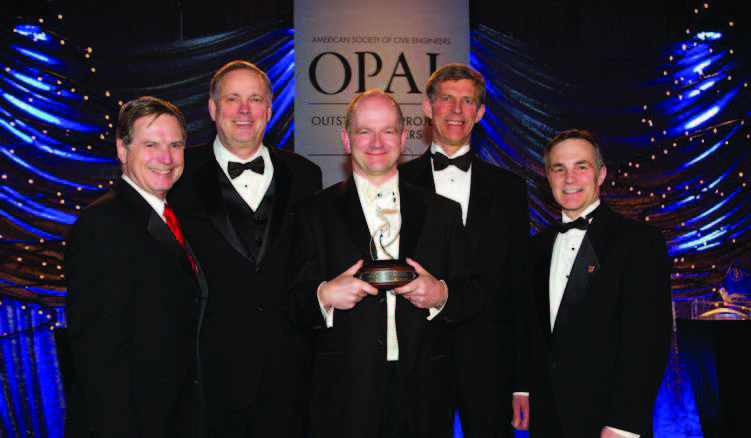High-tech hatchery to stock 137 local sites
By Dan Billman
In the land where sport fishing reigns supreme, hatchery-raised sport fish have a new palace.
At 141,000 square feet (over three acres), the Alaska Department of Fish and Game’s (ADF&G) William Jack Hernandez Sport Fish Hatchery, located along Ship Creek in Anchorage, is the largest of its kind in North America. The $89.5 million hatchery opened and started raising fish in June 2011. Since then, it has already increased sport fishing opportunities and will achieve full capacity in 2014.
The facility is designed to rear six million fish per year to bolster sport fishing in Southcentral Alaska – an activity which accounts for over $20 million a year in economic benefits, according to ADF&G’s Division of Sport Fisheries. Thanks in part to hatchery programs, 100,000 licensed resident and 190,000 non-resident anglers participated in 1.5 million angler-days of fishing in 2011. Without the support of hatchery programs, wild native fish populations could not sustain this amount of fishing.
In just its first year, the return on the State’s investment in the hatchery exceeded expectations. In 2012, ADF&G was able to stock over 70 more locations than in previous years when production was constrained by limitations at the old Ft. Richardson and Elmendorf hatcheries, now replaced by the WJ Hernandez Hatchery. The hatchery manager has expressed amazement at how easily the facility became operational and exceeded production goals.
When at full capacity, the facility will provide fish for 20 regional sport fishery programs at 137 stocking sites in Southcentral Alaska, meeting ADF&G’s stocking plans in the region through the next half century. Popular sport fish species reared in the facility include Chinook and Coho salmon, rainbow and lake trout, arctic char, and arctic grayling.
The hatchery was designed with productivity and efficiency in mind thanks to ongoing input from hatchery managers and staff through the entire engineering and design process. ADF&G-selected hatchery systems are complex and custom-designed for the species grown, techniques used, and fish culturists operating the facility. This allows ADF&G to maximize production while reducing energy and water consumption, thus making a more sustainable operation.
Production occurs in 108 large circular tanks separated into 35 stand-alone rearing modules—essentially 35 mini-hatcheries within a single building. Each of these systems can be custom managed for the temperature and water chemistry needs of the species – or even the specific genetic strain – of fish it supports. Hatchery staff is able to isolate fish stock originating from individual streams, thus protecting genetic diversity and ensuring enhanced biosecurity.
The hatchery’s monitoring system is also innovative and is both highly technical and user-friendly. A custom-designed smart phone application allows staff to remotely monitor the facility, ensuring that any possible threats to fish health or safety can be addressed immediately.
As an added bonus, the building also houses 10,000-square-feet of visitor space overlooking all hatchery processes and programs, giving visitors a bird’s-eye view of its operation. With additional displays and interpretive materials added it could provide exceptional opportunities for public outreach and education. The hatchery is expected to draw up to 100,000 visitors each year, including school groups, Alaskan residents, and visitors.
The hatchery also showcases creative techniques for maximizing energy and water-use efficiency while meeting production and budgetary requirements. The recirculating aquaculture systems use approximately five percent of the water volume and energy used in conventional hatcheries. ADF&G is the first state fish and game agency in the country to use a large-scale application of this technology for salmon, trout, and grayling in a single building.
Energy efficient temperature controls also increase production at a minimum cost, as salmon and trout grow faster in warm water. For example, a catchable rainbow trout can be grown in eight months in heated water, versus around two years in conditions normally found in the wild.
Owned and operated by ADF&G, design and construction of the hatchery was managed by the Alaska Department of Transportation and Public Facilities project delivery professionals. HDR Alaska, Inc. led the design team and Kiewit Building Group was the general contractor. The hatchery’s design has been recognized both in Alaska and nationwide, and it is one of five finalists for the 2013 American Society for Civil Engineer’s OPAL Award (the Academy Awards of the engineering industry).
Dan Billman is Vice President and Senior Engineer with HDR Alaska.

Kip Knudson of Governor Sean Parnell’s office in Washington, D.C.
accepts an Outstanding Civil Engineering Award for the Anchorage hatchery,
presented by the American Society of Civil Engineers.
Return to newsletter headlines